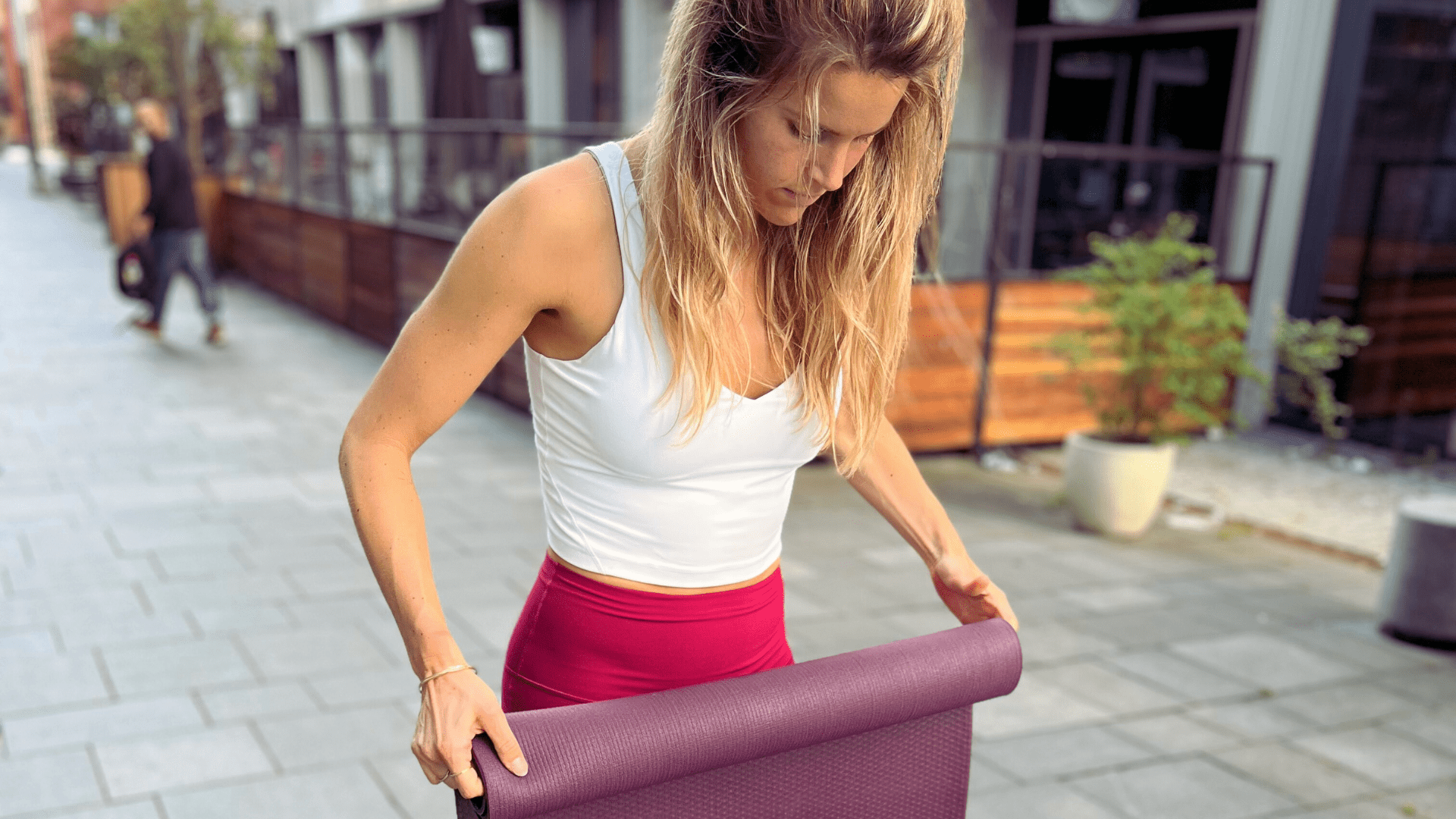Often, I hear people say they want to join a Yin teacher training because they’re looking for rest. I understand where that’s coming from. But if you’re looking for rest, why not choose a Yin or Restorative class? If you want to learn more about yoga, your first step should be a Vinyasa teacher training. That’s where the tradition is truly explained and experienced. I love both yoga styles and teachings, having attended both trainings myself. But there’s a big difference between them. Yin or Vinyasa? Here’s what you should know.
A teacher training is a great way to dive deeper into yoga. Whether it’s to deepen your practice, spend more time on the mat, or eventually become a teacher. A common first step into the world of yoga trainings is often deciding between a Yin or Vinyasa teacher training. What’s the difference? And what’s the scope of each training?
What a Vinyasa teacher training covers
In my opinion, Vinyasa teacher training is the foundation of all yoga trainings. It introduces the history, philosophy, and ethics of yoga, giving you the basics of this ancient tradition.It also covers anatomy, how poses function, the nervous system, and the breathing system, teaching you to use breath to energise or calm the body.
Next to this, a Vinyasa teacher training explores subtle aspects like the flow of energy through nadis, chakras, koshas (body layers), and vayus (energies that influence breath and movement). These concepts deepen your understanding, helping you connect to yoga beyond the physical.
Additionally, you gain a deep understanding of how to teach a class. You’ll learn how to write sequences based on the science of yoga, approach students with clarity, and teach in a way that’s joyful and safe.Vinyasa teacher training helps you become the kind of teacher who is clear, approachable, and able to guide students with ease, all while teaching from a place that feels natural and aligned with your values.
And what about Yin?
A Yin teacher training focuses on a slower, more restorative practice of holding poses for longer periods. Unlike Vinyasa, most Yin trainings are shorter and concentrate mainly on the practice itself, with little to no focus on yoga history, ethics, philosophy, teaching skills, subtle anatomy, or breath techniques.
Some choose a Yin teacher training thinking it’s more accessible or that they’ll get the rest they’re seeking. However, Vinyasa also covers rest, relaxation, and meditation, along with a deeper dive into yoga’s ancient science. While Yin offers insights, Vinyasa provides a broader, more transformative experience, helping you understand the full scope of yoga.
The real question is: what are you looking for?
So, whether you’re drawn to Yin for its restorative nature or to Vinyasa for its deeper, more expansive exploration of yoga, both trainings offer unique experiences. But if you’re looking for a comprehensive understanding of yoga, its history, philosophy, teaching methods, and the energetic layers beyond the physical practice? A Vinyasa teacher training is the right choice for you.
Curious to a Vinyasa yoga teacher training? Read more here about the programme and training
